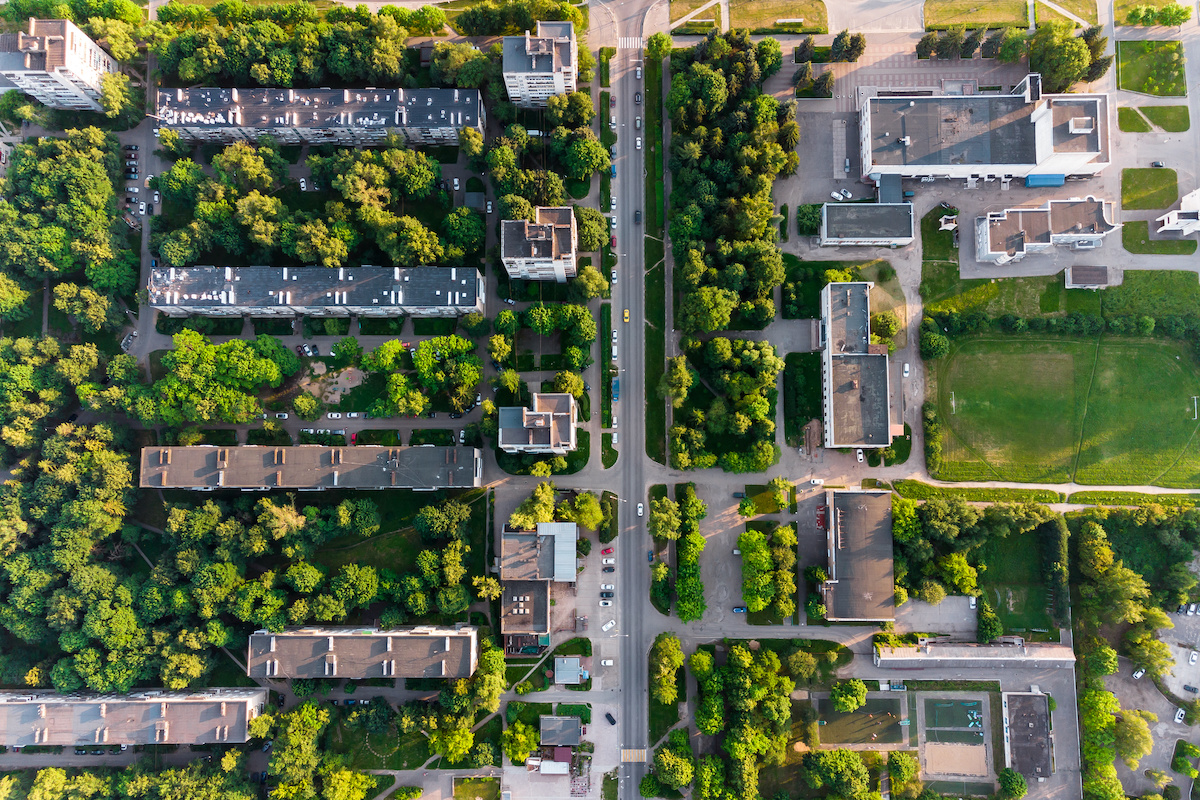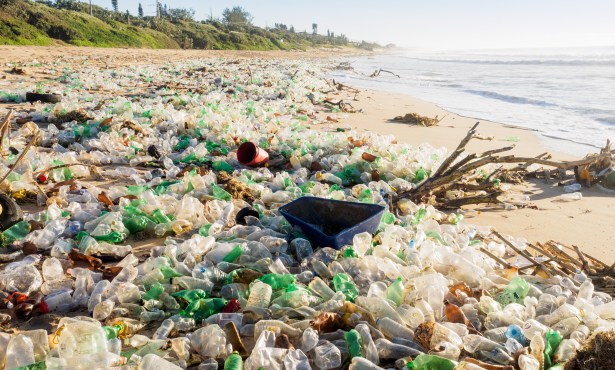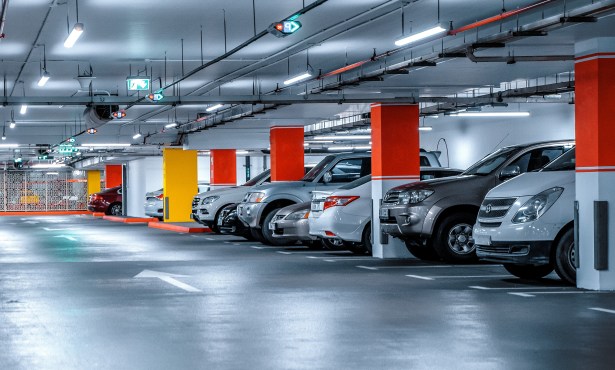Cooling by Nature
Turning Our Cities into Green Preserves Will Make Them Cooler and Healthier

Despite our surprisingly mild summer — the rest of the country was sweltering and experiencing prolonged record-high temperatures — we cannot expect such moderate summer weather in future years. The challenge is not just to keep households and offices cool; we must also address rising energy consumption from air conditioning (AC) along with cooling our streets and neighborhoods. This means countering the urban heat island effect, where buildings and streets absorb and retain heat.
Planting an abundance of trees throughout a metropolitan area reduces outdoor temperatures by 3.5-5.5 degrees Fahrenheit. Creating pocket parks, mini-forests, rooftop gardens, and vegetated facades can all be a part of greening urban areas. Beyond the relief from intense heat, there are benefits to public health, reduction in energy consumption, and improvement in overall well-being. Exposure to trees has been proven to reduce stress, improve one’s mood, lower blood pressure, increase physical activity, and enhance immune system functioning. Green corridors with tree canopies also increase bird, beneficial insect, and wildlife populations; reduce pollution; and make communities safer.
The federal government has earmarked more than a billion dollars in the Inflation Reduction Act to plant trees in urban areas across the country. Government officials are convinced that this low-cost approach will increase climate resilience and strengthen local economies.
AC cools the interiors of our structures, but the energy required contributes significantly to increased warming just outside. The massive energy demand for cooling equipment is expected to triple by mid-century. More efficient equipment — namely, heat pumps — plus renewable energy sources will help lower AC’s carbon footprint. This is not enough, however. We need to reduce energy consumption overall. Every kilowatt of energy produced, even if renewable, uses material resources from our already heavily taxed planetary ecosystems.
The City of Santa Barbara will be building thousands of new dwellings in the next few years. These units need to be super-tight, all-electric, powered by clean energy, and hooked to micro-grids for maximum flexibility to avoid brownouts. In addition, they need to be constructed with minimum energy loads. For cooling, this means using strategies such as “self-cooling” concrete wall assemblies. The deeply grooved corrugated surfaces provide more area for heat dissipation. These scalloped walls, together with architectural fins to shade windows, have kept the interiors of buildings in Texas 18 degrees cooler than standard flat walls.
Another strategy, creating good cross-ventilation for every inhabitable room, can further cool interiors and reduce AC loads, especially when breezes are channeled into buildings after being cooled by green corridors. Instead of placing and configuring buildings individually, they can be grouped into blocks or even multi-blocks so breezes can be accelerated and directed to street level and into buildings where people spend time.
Once again, nature offers the easiest, most cost-effective, and efficient way to solve an environmental issue.



